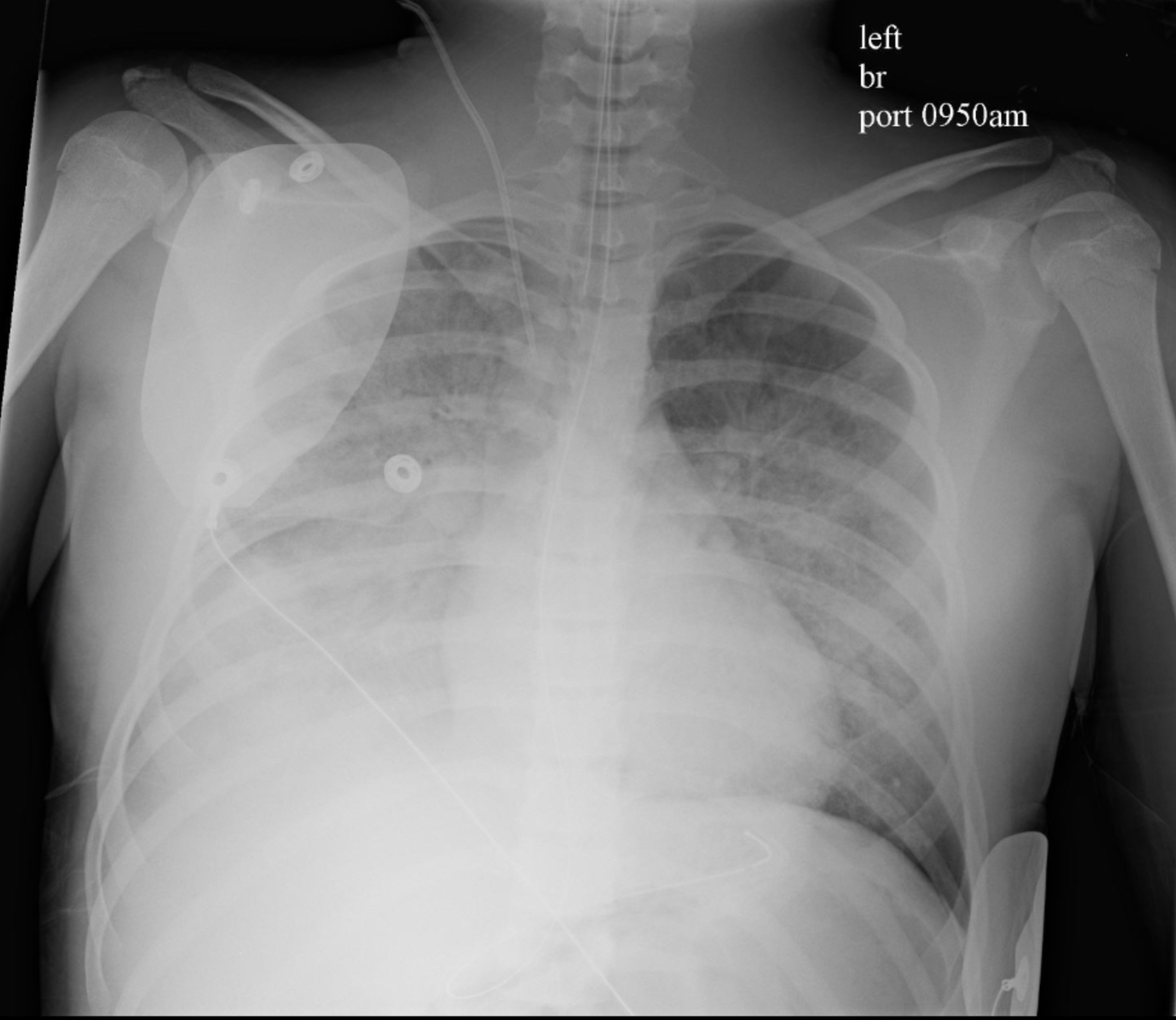
Pool and water safety may not be topics that one might initially expect to come up under the subject of pediatric radiology. However, drownings are something we encounter all too frequently, especially in the summer months. The CDC quotes drownings as the leading cause of injury death in children aged 1-4 years. As pediatric radiologists, our first encounter with a drowning victim occurs when they receive a head CT and chest x-ray as their first imaging studies in an attempt to estimate the level of damage to the brain and lungs, respectively. And while there is no shortage of heartbreak in the care of children, perhaps the most devastating cases are those in which a serious injury or death of a child occurs in what are often preventable circumstances.

While most people with a home pool understand the basic importance of a fence around the pool, many are unaware of the inadequacy of the standard fence to prevent access by children. All it takes is a simple Google search to produce countless videos of toddlers easily scaling a standard pool fence. Life-saver fences or a similar style are much more difficult to climb over, due their design, and while not particularly known for their aesthetics, they are a relatively easy and inexpensive addition that can quickly be removed by the home owner if necessary.
Similarly, not all gates are created equal. There are numerous stories of drowning or near-drowning events occurring when someone (parent, visitor, landscaper, or pool servicer) leaves the gate open. A self-closing, self-latching magnetic gate with or without a gate alarm can be added to greatly reduce the risk of this occurring. Additionally, automatic pool covers with keycode access can be added so that the pool stays covered at all times when not in use, though these can be extremely expensive. These steps, in combination with high door locks added out of reach to all children on all doors in the home with or without simple door alarms adds an additional 3-6 layers of safety protection. Additional pool surface and wristband alarms are available as well.

Lastly and perhaps the most important layer of protection is early and regular swimming lessons by trained and certified professionals. Many kids “swimming schools” may not be teaching them the skills necessary for survival in the event of an accident, so it is important to check the credentials and certification of anyone teaching your child how to swim. ISR stands for “Infant Swimming Resource” and can teach children as young as 6 months floating and/or swimming survival skills prior to traditional stroke lessons.

When discussing accident causation in healthcare and other fields, the “Swiss cheese” model is often used as a principle behind layered security, and this can be applied to safety in the home as well, including pool safety. The more layers, the better. As a pediatric radiologist, pool owner, and mother of three small children, I have developed a passion for pool safety and education. It is horrifying to see just how quickly and easily two or three layers can fail, and drownings occur in a matter of seconds to minutes. Please keep these steps in mind and help to ensure the safety of your children or grandchildren when they’re living in or visiting homes with pools.
Dr. Hollie West-Rattan, author; Glenn Miñano, BFA, editor; Meredith Towbin, copy editor